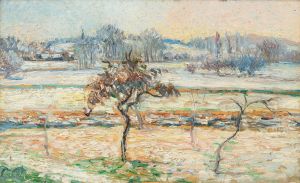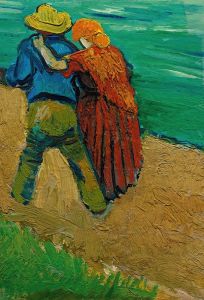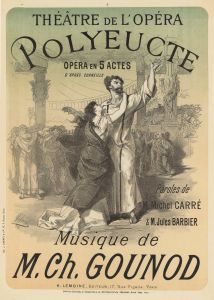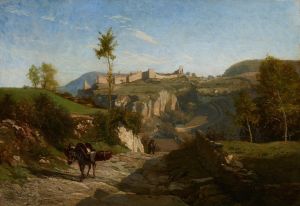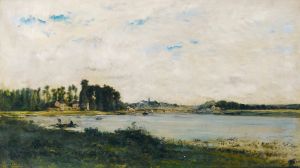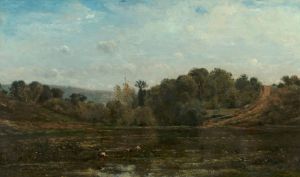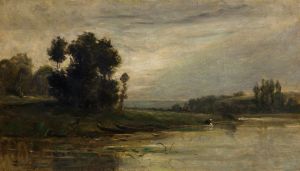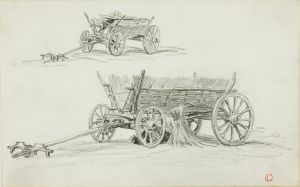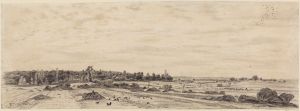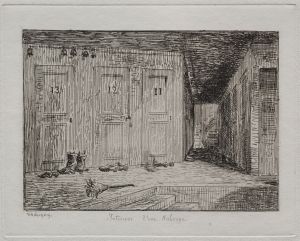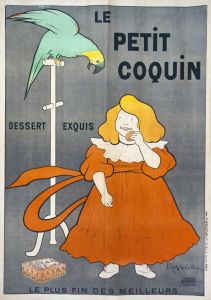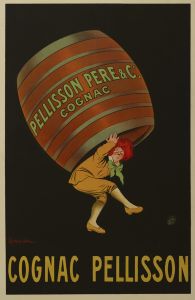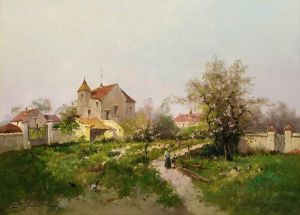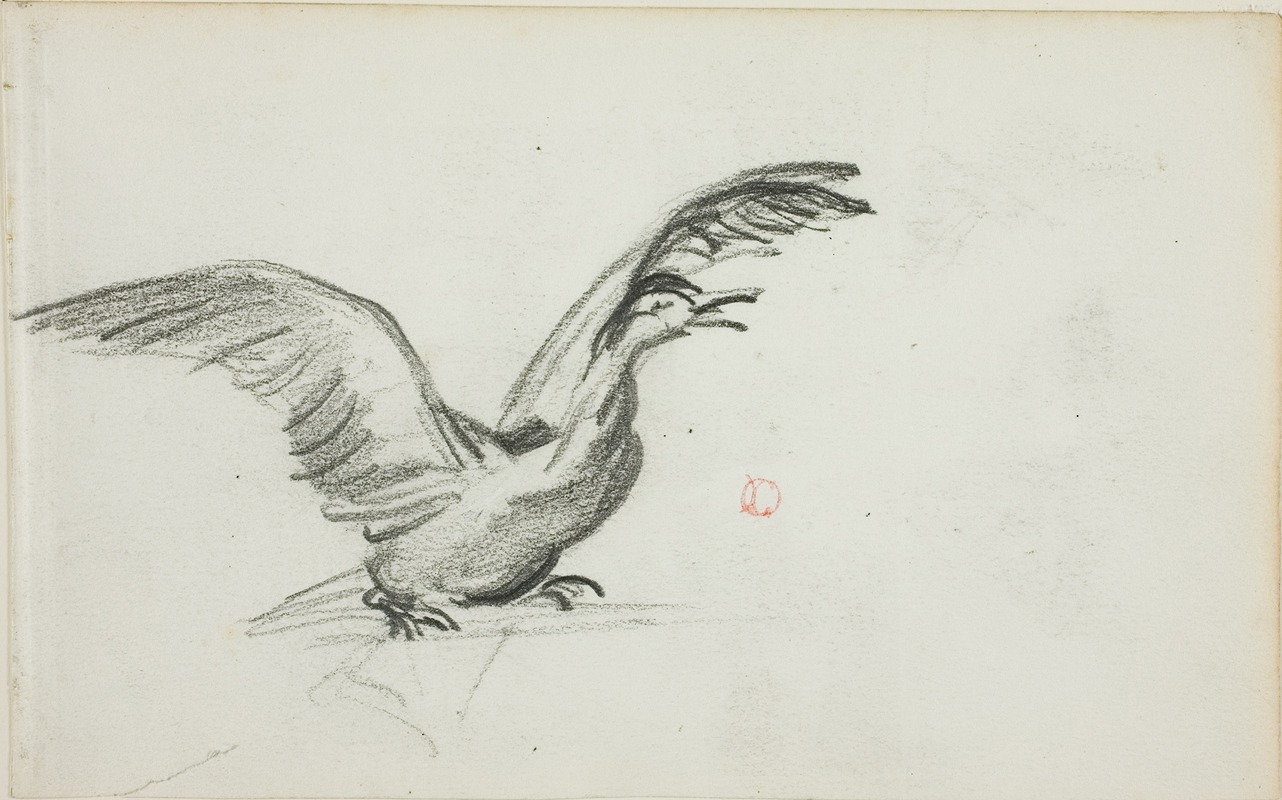
Wild Duet
A hand-painted replica of Charles François Daubigny’s masterpiece Wild Duet, meticulously crafted by professional artists to capture the true essence of the original. Each piece is created with museum-quality canvas and rare mineral pigments, carefully painted by experienced artists with delicate brushstrokes and rich, layered colors to perfectly recreate the texture of the original artwork. Unlike machine-printed reproductions, this hand-painted version brings the painting to life, infused with the artist’s emotions and skill in every stroke. Whether for personal collection or home decoration, it instantly elevates the artistic atmosphere of any space.
Charles François Daubigny was a prominent French painter of the 19th century, associated with the Barbizon School and a precursor to the Impressionist movement. His works are celebrated for their innovative approach to landscape painting, emphasizing natural light and the transient effects of the environment. However, there is no widely recognized painting titled "Wild Duet" by Charles François Daubigny. It is possible that the title might be a mistranslation, misattribution, or a lesser-known work that has not been extensively documented in art historical records.
Daubigny was born in Paris on February 15, 1817, into a family of painters. He was trained by his father, Edmé François Daubigny, and later studied under the painter Paul Delaroche. Daubigny’s early works were influenced by the classical landscape tradition, but he gradually developed a more naturalistic style. He became associated with the Barbizon School, a group of artists who worked in the forest of Fontainebleau and were dedicated to painting en plein air, or outdoors, to capture the natural world more accurately.
Throughout his career, Daubigny traveled extensively across France, painting the countryside and river scenes. He is particularly known for his depictions of the Seine and Oise rivers. His innovative use of a boat studio, which he called "Le Botin," allowed him to paint directly on the water, capturing the reflections and changing light with remarkable immediacy. This approach had a significant influence on the Impressionists, particularly Claude Monet, who admired Daubigny’s work and adopted similar techniques.
Daubigny’s paintings are characterized by their loose brushwork, soft color palettes, and an emphasis on atmosphere and mood. He often depicted serene, pastoral scenes, with a focus on the interplay of light and shadow. His works convey a sense of tranquility and a deep appreciation for the natural world.
In addition to his landscapes, Daubigny also painted genre scenes and still lifes. He exhibited regularly at the Paris Salon, where he received numerous accolades for his work. His contributions to art were recognized with the Legion of Honor in 1859.
Daubigny’s influence extended beyond his own paintings. He played a crucial role in the development of modern landscape painting, bridging the gap between the Barbizon School and Impressionism. His emphasis on capturing the fleeting effects of light and atmosphere paved the way for the Impressionists’ exploration of these themes.
Despite his significant contributions to art, there is limited information available about a specific work titled "Wild Duet." It is possible that the title refers to a lesser-known piece or a work that has not been widely documented. As such, further research would be necessary to provide a detailed account of this particular painting.
Charles François Daubigny passed away on February 19, 1878, in Paris. His legacy endures through his innovative approach to landscape painting and his influence on subsequent generations of artists. His works continue to be celebrated for their beauty, technical skill, and pioneering spirit.





